Introduction: Islands, Archipelagoes,
and Surrealism
This section brings together a few specific responses to some questions posed to members of surrealist groups who operate on islands, or in archipelago environments, as well as some chance contributions that hit upon an answer to a question they did not realize was being asked. The original discussion was about whether there were any special moods, ways of working or experiences specific to islands, or being in the vicinity of island-hopping possibilities, excursions etc.
The intent was to discover whether archipelagoes brought a special ludic and experimental opportunity and a special psychogeography to surrealist activities in their vicinities. In particular the Inner Island group, situated in an archipelago off the coast of British Columbia, have always emphasised their archipelagicness, and have over the years made implicit and explicit references to this. One striking example might be the eroticized “Surrealist Ferry Demands” made by the Inner Island group in Hydrolith: Surrealist Research and Investigations (2010). The Stockholm surrealist group, situated among another famous archipelago, has likewise made a small series of enquiries into the topic, “Exploration of an Island” which was published in Lucifer (2000), and the “We see the sea” which is available as a pdf through the Bibliotheca onthoplanctorum (Bone Garden) blog and was published in Czech in issue 73 of the journal Analogon (2014).
Another significant if time-bound collective surrealist island experience occurred on and around the summer solstice of 2017 when an international group gathered on the Isle of Wight for the Archaeology of Hope: a surrealist game, exhibition, and ritual (The Archaeology of Hope, Head Louse Press, 2017).
Surrealists living on edges of archipelagoes have not universally been eager to explore them though. Nikos Stabakis of the Athens group says in an email: “I can’t say the archipelago has been much explored by recent surrealists, mostly because of the obvious problematic tourist and potentially nationalistic aspect it attained, partly through the trivialisation of Elytis’ work (for which he is also very much culpable)”
The remaining contributions in this section touched upon the more general question of islands and imaginative, poetic possibilities and thus help round out this archipelago in their own way.
